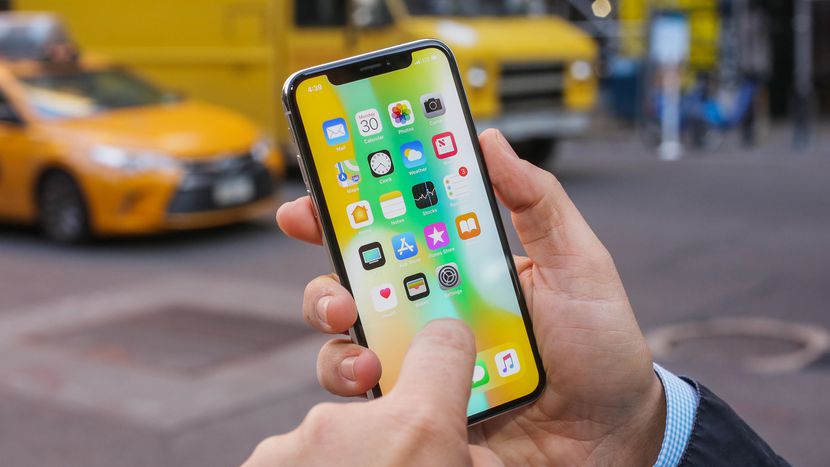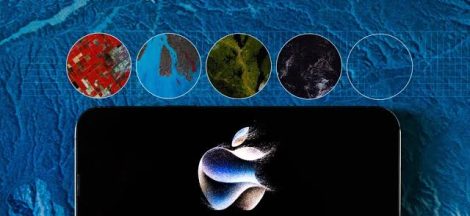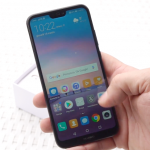Where most of the users actually like the Apple’s innovative feature, but iPhone X and iPhone 8’s wireless charging has a dark side as well. While it’s extremely convenient to charge your phone without a cable, it looks like wireless charging drains your battery more as compared to when you are charging your iPhone using a cable.
According to ZDNet’s contributor, Adrian Kingsley-Hughes, while switching from cable charging to wireless charging the number of recharge cycles on iPhone increase.
Kingsley-Hughes has indicated that when an iPhone is being charged via a USB cable, the phone is also using that cord to power itself. The battery loses some juice during this process but not that much. Whereas, during wireless charging, the battery doesn’t get a rest while it’s being loaded with power. As he states,
“The issue is that when the iPhone is being charged using a cable, the phone is being powered by the cord (there is some load on the battery, but it’s minimal), but when using wireless charging, the battery is what’s powering the iPhone, with the wireless charger only being used to top up the battery. This means that by switching from a cable to a wireless charger, my battery isn’t getting a break, and in turn, this is making me go through recharge cycles at an even faster rate.”
The battery of iPhone X and iPhone 8 variants can retain at least 80% of its original capacity at 500 complete charge cycles i.e. around 3 years time. But the new report has revealed that using wireless charging, 500 battery cycles of iPhones may be completed in less than 2 years of usage.
On the other hand, Samsung has been using wireless charging in its Galaxy S lineup for a number of years. The South Korean tech giant had announced a battery guarantee of 95% capacity after two years of use.
Meanwhile, Apple has promised that its newer iPhone models will not face any throttling issue, which has been a troubling factor for most of the older iPhones.
Image Source: Cnet





 Huawei P20 Lite with a notch revealed in a new hands-on video
Huawei P20 Lite with a notch revealed in a new hands-on video